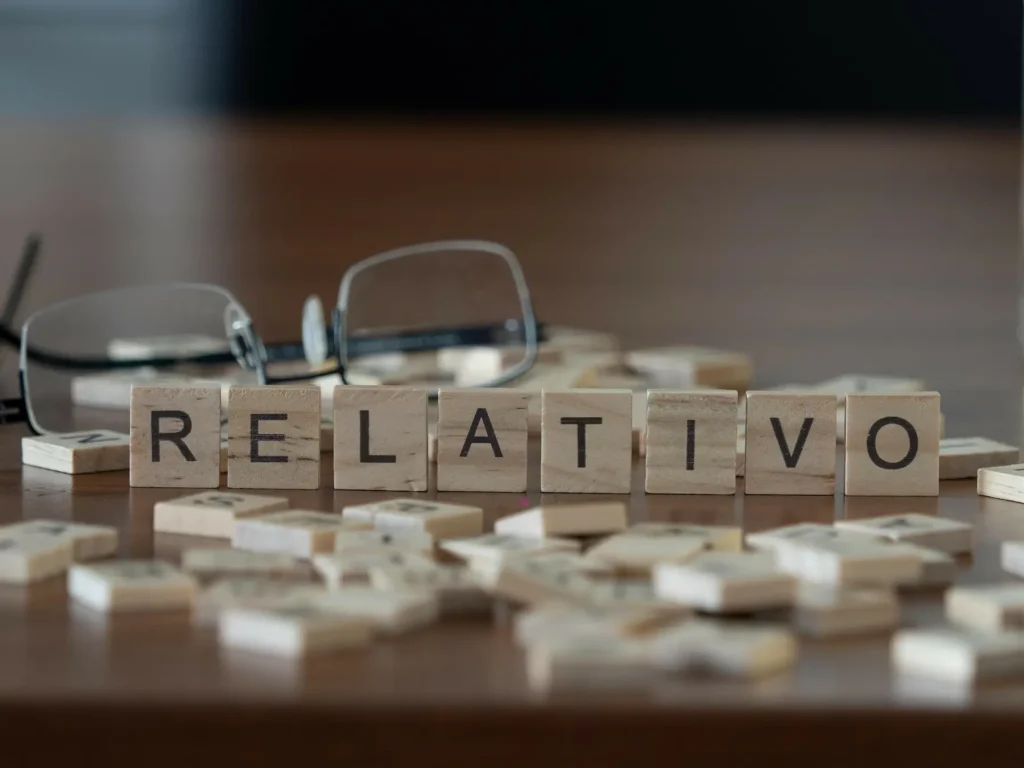Ever wish you could acquire your second language as naturally as you did your first? True language acquisition is the idea behind immersion programs abroad and immersion-style teaching.

However, this teaching method is like having someone learn to dance by reading about theory and technique, but never actually taking to the dance floor. Although rules and technique form an important foundation, communication, like dance, is something you do. A high-quality Spanish class will place a heavy emphasis on being exposed to and using the language in class – and then give you well-planned homework activities that focus on rules and practice exercises that you can complete on your own time.
Do you remember learning your native language?
Probably not. Have you ever heard a four-year-old say “Mom, I’m terrible at this language stuff – the verb conjugations just aren’t clicking!” Nope. Not because children speak the language perfectly from the beginning, but because they grow up surrounded by it and communicating in it from their earliest stages of development. They experience it with all their senses, and in every aspect of their lives – in play, in taking instruction, in expressing their emotions, desires, questions, and objections. In this way, language is acquired through a subconscious process because it is central to real communication – a basic human necessity.
For adults, a well-planned immersion program puts you in the situation where your target language is all around you and you have no choice but to do what you can, and your skills grow by leaps and bounds daily. For example, by living with a host family, immersion students can’t have their most basic needs met without using Spanish – a frightening prospect at first, but this simple reality means that within days even beginning-level students are capable of communicating their needs and reactions to their family – and usually have some laughs in in the process!
How can I acquire another language?
Language acquisition differs from language learning in that it focuses on using the language for practical, everyday communication. In Second Language Acquisition, it is crucial for educators to strike a balance between language learning (grammar explanations and exercises) and language acquisition (authentic conversation), so that students learn first and foremost to communicate – but learn to do so accurately. This balance is precisely what Common Ground courses and immersion programs are about – cultivating real, practical, and effective communication skills.





Pingback: Language: Learning or Acquisition? Part 2 – Educating Educators